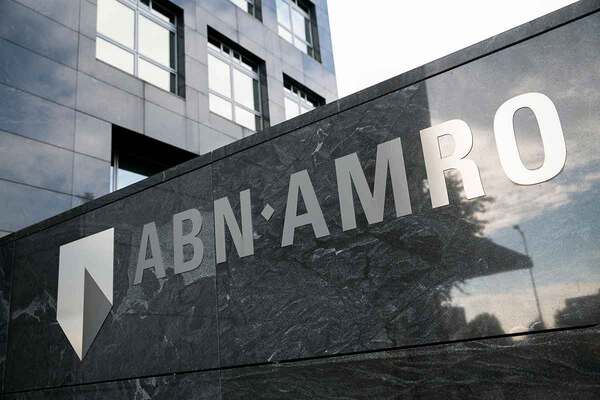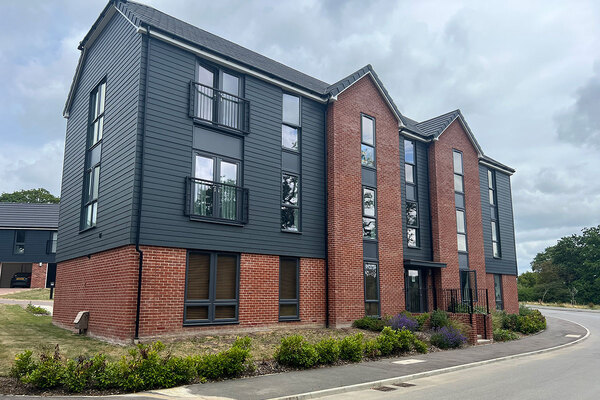Sector-led JVs can be part of supply solution
Merger is not the only way for housing associations to unlock capacity, writes Andrew Cowan, of Devonshires.
Over the last 10 years, mergers have proved to be one of the most useful tools for improving efficiency and unlocking development capacity in the sector.
This is often because they provide a suitable framework for placemaking and improve resilience and access to specialisms, which enhance this offering.
But as housing associations consolidate, it is becoming increasingly difficult to increase capacity to build. Legacy financial covenants agreed with lenders and the slide rules of credit rating agencies are pitted against the aspiration to deliver more in a low capital grant environment.
Despite this, housing associations are under pressure to build more.
The issue is that on paper, the global balance sheet provides a consolidated view that the sector has significant capacity to get more spades in the ground – a point underlined again by the Chancellor in the Autumn Budget.
To overcome these challenges and avoid a potentially negative political response, housing associations could consider alternative partnership models to help meet the UK’s ambitious housebuilding targets.
Sector-led joint ventures
One option is for community-based or specialist housing associations to form joint ventures with larger developing associations.
Many housing associations, especially community-based or specialist ones, don’t have the risk appetite or specialist staff required to deliver a cross-subsidy development programme at scale.
Conversely, many community-based organisations remain vibrant, delivering local-focussed products which are targeted to the specific needs of the region and stakeholders.
Merging may not be an option as the board may feel that this could risk diluting their organisation’s focus.
However, their local relationships often mean that they have access to land which they do not have the capacity to maximise.
On the other hand, larger housing associations are already used to joint ventures in development. They are experienced in sharing risk and reward, and increasingly, in being relatively passive capital investors in schemes with developers.
The issue faced by many of these entities is securing the land to develop plus their resources are limited.
As a result, a sale of their social housing assets to another entity has the macro-positive effect of bringing any spare financial capacity of the recipient organisation into use.
Bringing these organisations together would enable them to benefit from complementary skills, experience and resources, and help to harness the development capacity of the sector as a whole.
Unlike with mergers, a joint venture structure would offer more flexibility as is not “forever”.
This would provide each organisation with the time to establish the relationship and to test their own appetites for partnership working whether that’s with each other or different parties.
It may be that they eventually decide to merge, but if they do, they will also benefit from a clearer understanding of each other’s expectations and the outcome of their relationship.
Making it happen
The London & Quadrant and Trafford joint venture is a good example of this type of model.
This transaction brought together a housing association, which is willing to invest and share its resources on a wider placemaking basis, with a large regional LSVT, creating significant capacity which otherwise, may not have been possible to achieve.
The fact that L&Q was not a regional player in Manchester is a feature which may be replicated in similar joint ventures, as it could avoid associations jeopardising existing development relationships that - while successful - may not offer the same development capacity.
Stepping up to the plate
The impact of deregulation and consolidation in recent years means that there are already significant differences in size, culture and ambition between housing associations.
This is breaking down competitive barriers and opening the door for new partnerships that historically, would not have been possible.
Mergers will always have their place but if the sector is to deliver on new homes and retain its community based skills then new ways of working together could be established.
Sector-led joint ventures could be more effective in overcoming the challenges set by the Government and enable housing associations of all shapes and sizes to play a role in helping to solve the housing crisis.
Andrew Cowan is head of social housing at Devonshires.
RELATED





